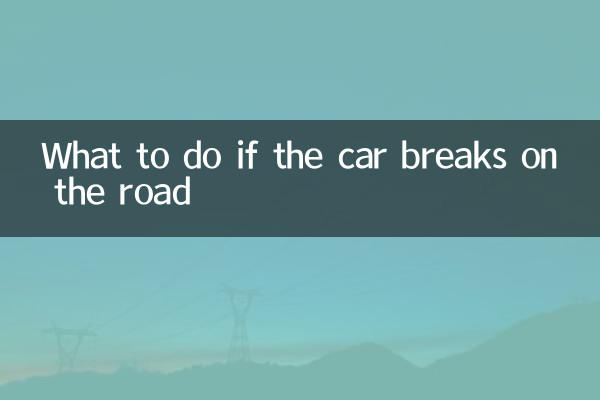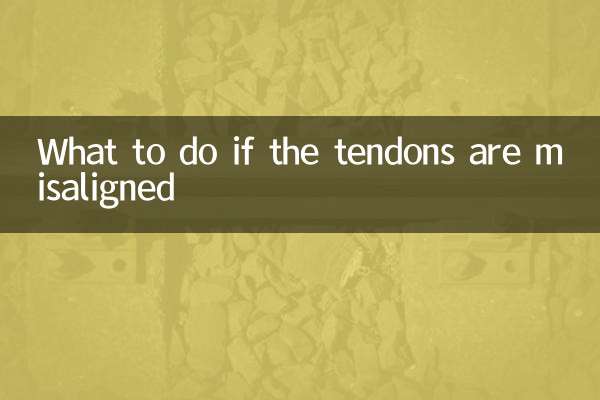What to do if the car breaks on the road
Tire blowouts are one of the emergencies that may be encountered during driving. Correct handling of tire blowouts can not only ensure personal safety, but also reduce vehicle losses. The following is a structured summary of tire blowout measures, precautions and related data to help you better respond to this emergency situation.
1. Common reasons for tire blowout

Tire bursts are usually caused by the following reasons:
| reason | Percentage | illustrate |
|---|---|---|
| Insufficient tire pressure | 35% | Long-term low tire pressure driving causes tire sidewall fatigue |
| Tire aging | 25% | Exceeded service life or rubber hardening |
| External injury | 20% | Puncture, scratches, etc. |
| overload | 15% | Exceed tire load bearing limit |
| other | 5% | Including manufacturing defects, etc. |
2. Correct operation steps when tire blowout
The following is the standard processing procedure for tire blowout:
| step | Key points of operation | Things to note |
|---|---|---|
| 1. Stay calm | Hold the steering wheel tightly to avoid rushing the direction | Emotional stability is a prerequisite for safety |
| 2. Gradually slow down | Release the accelerator, click the brake to slow down | Avoid sudden brake loss |
| 3. Turn on double flash | Warn of vehicles behind | Place warning signs 150 meters in advance |
| 4. Pull over and park | Choose a flat, safe area | The expressway should be parked in the emergency lane |
| 5. Replace spare tire | Use jacks and tools | Ensure the vehicle is fully secured |
3. Comparison of tire blowout risks for different models
According to the latest statistics, the probability of tire blowouts for each model is as follows:
| Car model | Annual tire blowout rate | Major risk factors |
|---|---|---|
| SUV | 8.5% | The car is heavy and the tire pressure requirements are high |
| car | 6.2% | Low flattering is more likely to damage than tires |
| MPV | 7.1% | Loading changes greatly |
| Pickup | 9.3% | Drive frequently with weight |
4. Daily inspection to prevent tire bursts
Regular inspections can significantly reduce the risk of tire blowout:
| Check items | standard | Inspection cycle |
|---|---|---|
| Tire pressure | Meet the manufacturer's recommended value | Monthly/before long distance |
| Pattern depth | Not less than 1.6mm | Every 5000 km |
| Tire age | No more than 5 years | each year |
| Appearance inspection | No bulges, cracks | Every time you wash your car |
5. Insurance claims after tire blowout
Different insurances pay for tire blowouts:
| Venture | Whether to pay compensation | Payment conditions |
|---|---|---|
| Compulsory traffic insurance | no | Tires are not damaged separately |
| Vehicle damage insurance | part | Need to be caused by an accident |
| Tire insurance | yes | Need to purchase separately |
6. Special reminder
1. The tire pressure will increase in high temperature weather in summer, which should be 5%-10% lower than the standard value.
2. The maximum speed of spare tire is usually not more than 80km/h
3. The tires that are exploding (air-deficient tires) can still travel about 80km/h after the tires are blown
4. Do not stop immediately when the tires on the expressway are broken, and should slide to the emergency lane
7. Summary
Prevention is better than treatment, and regular checking of tire condition is the best way to avoid tire blowouts. Once a tire blows occur, staying calm and handling it correctly is the key. It is recommended that the driver conduct a comprehensive tire inspection every three months and be sure to confirm that the tire pressure is normal before traveling for a long distance. Safe driving starts with the "tire"!

check the details

check the details